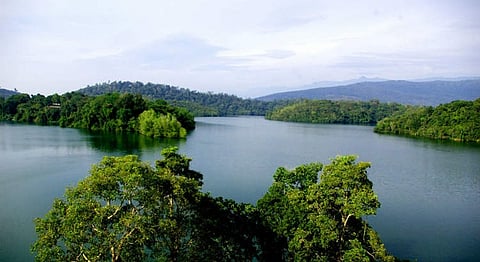
- HOMEGROWN WORLD
- #HGCREATORS
- #HGEXPLORE
- #HGVOICES
- #HGSHOP
- CAREERS
- ABOUT US
- CONTACT US

For the past few years, India has been campaigning towards the inclusion of the Agasthyamala Biosphere Reserve (ABR) in UNESCO’s World Network of Biosphere Reserves (BR) and earlier this week their efforts finally saw success. As of March 19 2016, the ABR is a part of the International Coordinating Council of the Man and the Biosphere program of UNESCO that concluded in Peru.
The biosphere reserve covers an area of 3,5000 sq.km that includes the Shendurney and Peppara wildlife sanctuaries and parts of the Neyyar sanctuary in Kerala along with the Kalakad Mundanthurai Tiger Reserve of Tamil Nadu. The Malabar rainforests falls within this area too and is known to be one of the most noted hotspots in the country thanks to its position in the Western Ghats, according to the management plan of the reserve. It is estimated that more than 2,250 species of dicotyledonous plants, 29 endemic species and several rare, endangered and threatened plants are found in the area. Researchers have noted that about 400 Red Listed Plants have been recorded in the ABR.
In 2001, the then-Union Minister for Environment and Forest T R Balu had announced plans of designating the region as a biosphere reserve. However, the efforts remained defeated for the past 15 years. With the addition of the ABR, 10 of the 18 biosphere reserves in the country have made it to the list—the others being Nilgiri, Gulf of Mannar, Sunderban, Nanda Devi, Nokrek, Pachmarh, Similipal, Achanakmar-Amarkantak and Great Nicobar.
The International Coordinating Council carefully evaluates the nominations forwarded by the State through the National MAB (Man and the Biosphere) Committees to allow the inclusion of a biosphere reserve into the network. By being a part of the UNESCO list, the organisation is recognising the conservation efforts in the region towards maintaining its diversity. Apart from this, ABR will also be privy to the scientific expertise from its counterparts that enjoy the same privilege. The State is expected to work for the conservation of nature at the reserve while it fosters the sustainable development of its population, said a UNESCO official.
Kannikkarans, the areas indigenous tribe rely on the forests and its 14 rivers for their livelihood. While many members have moved out of the forests, a small population continues to live in the area. They live in huts made of bamboo and rely on the plants found in the area for medicinal purposes. To promote sustainability, several programs have been set-up to reduce the 3000-strong tribal population from using up all the resources, according to the UNESCO. For example, some of them have been provided employment with the government as guides for tourists coming to the sanctuaries.
Given the fact that we’re simultaneously being accused of destroying our environment, with accounts varying from increasing our tiger population to the most polluted cities in the world, we can only hope news like this becomes more run-of-the-mill than its contrary. The ABR is an example of how people and nature co-exist peacefully, much like the other biosphere reserves that have found a place for itself in the UNESCO’s list.
